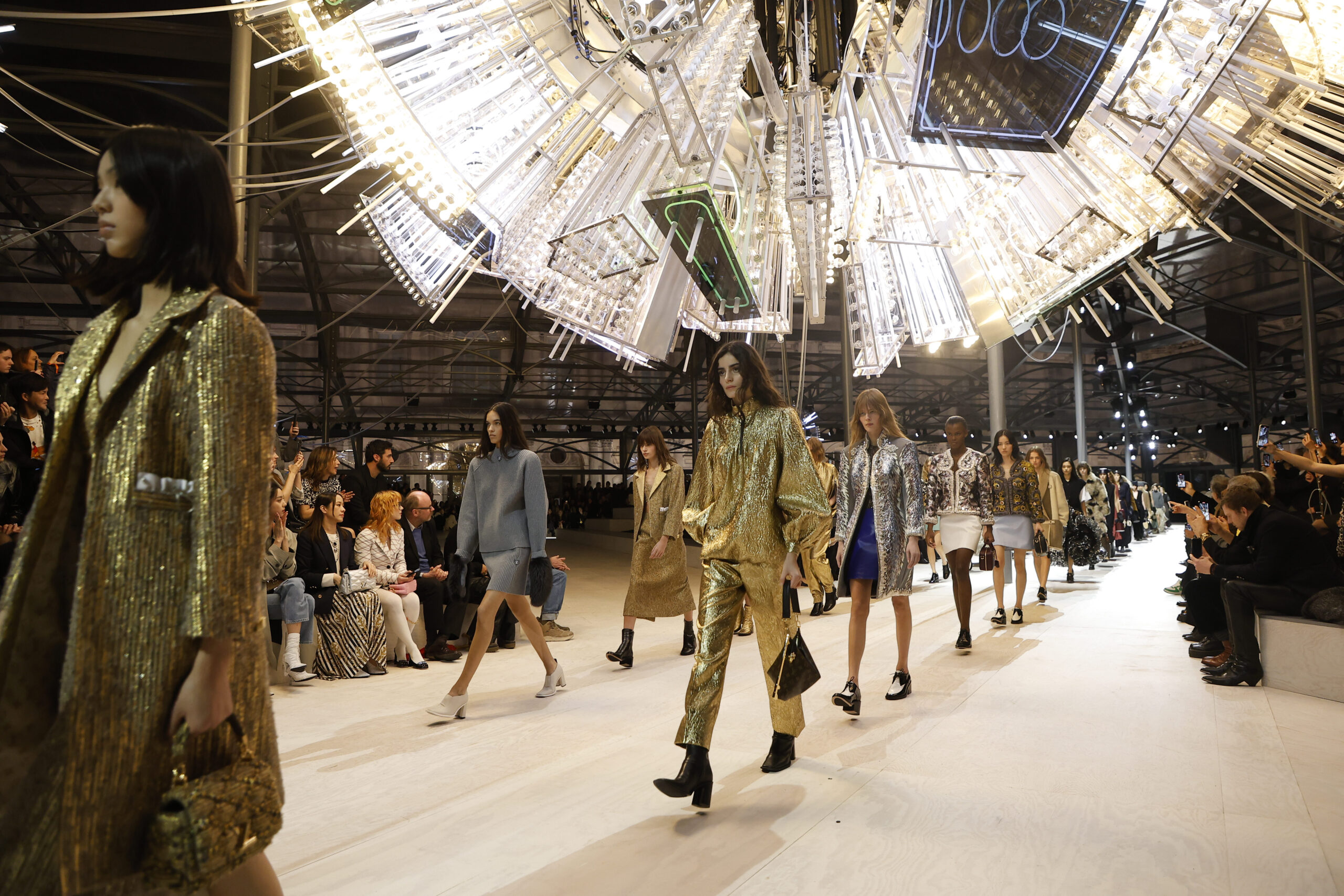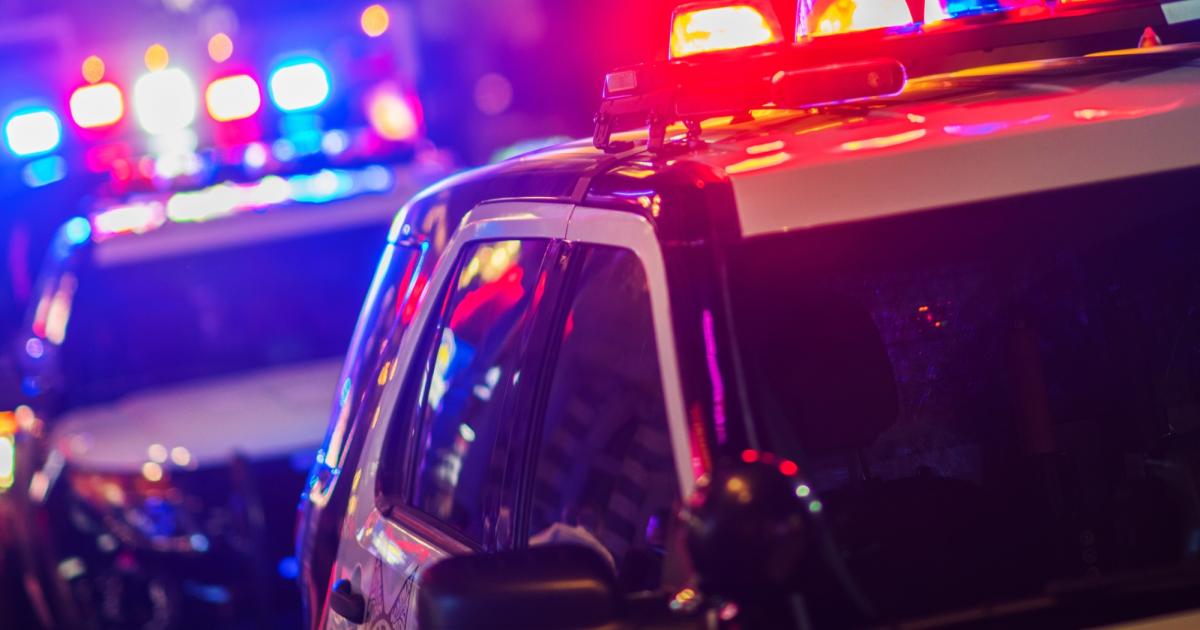Fitness
This Indigenous Trainer Helps Elders Fight Diabetes

This story is part of Indigenous in Fitness, a series of articles highlighting the challenges and triumphs of fitness trainers, athletes, and gym owners from different Native American communities. Read the rest of the stories here.
FOR DION BEGAY, C.S.C.S., movement is an expression of culture. Growing up on the Najavo reservation near Granado, Arizona, he needed to be active to sustain life. “[We had] to know how to chop wood,” he says. “We had livestock, so we had to know how to haul hay and water, and learn how to take care of our animals.”
Movement was a necessity—and it was also a family affair. Begay’s father was a basketball enthusiast, often coaching Begay and his siblings for their youth teams. He taught them the basics of fitness, like pushups, pullups, and duck walks. Even with this paternal guidance, Begay admits he knew early on he wasn’t the type of athlete for organized sports. “I did not have the size, speed, or strength,” he says.
That revelation didn’t affect his love for movement and health—he just had to pivot and find his focus elsewhere. When he discovered strength training in high school, Begay quickly realized he wanted to become a coach for athletes in the gym. He did just that, obtaining a degree in Kinesiology from Arizona State, then spending years working in gyms as a trainer with countless clients.
Now 47, Begay currently serves as a senior physical fitness specialist in the Diabetes Prevention Services Program for the Salt River Pima-Maricopa Indian Community located just west of Phoenix, Arizona. He trains clients, helping people from vulnerable populations stay active.
Begay spoke with Men’s Health to discuss his journey in the fitness industry, and how he hopes to change the health outcomes of Indigenous communities.
MEN’S HEALTH: How did you get your start in fitness?
DION BEGAY: I got my start in fitness as a child. I grew up in a family of athletes. I can say I played football, I wrestled, and played basketball—but I just was not an athlete. I did not have the size, the speed, or the strength. But I was very encouraged by my high school strength coach, Jim Dallas. He was very ahead of his time as far as like training goes, and got me interested. [Working with him] got me thinking, “you know what, this is actually kind of cool.”
[After becoming a trainer], I started working [various jobs] here in the Phoenix area, and ended up working my way up into the position I am now at the with the Salt River Pima, Maricopa Indian Community, or SRPMIC. The community is home to two distinct tribes: the Akimel O’odham, or river people, more commonly known as the Pima, who have a rich history of farming and living along the Gila River; and the Xalychidom Piipaash, or people who live toward the water, also referred to as the Maricopa, who have traditionally resided along the Salt River.
I started back in 2007, and I didn’t know that diabetes was running rampant within Indigenous communities. As a strength coach, my whole thing was just being bigger, stronger, faster. I wasn’t paying attention to metabolic diseases and all these comorbidities that go along with them. Then, I had a family member get diagnosed with Type 2 diabetes. That’s when I started reading up more on it and applied for my position with the SRPMIC as a senior physical fitness specialist in their Diabetes Prevention Services Program.
In the early days, [the Diabetes Prevention Services Program] was all about one-on-one training, group fitness classes, and occasional 5Ks. Now, it’s more focused on education—teaching people why they need to be physically active, the risks and rewards, and what happens when you’re not physically active.
I also work with a whole bunch of demographics. I’m a strength coach by trade. I try to use the same skills and tactics to work with older generations. I work with a bunch of elders and senior groups, most of them over 55. I think the oldest I have is 84. We do a lot of strength work, mobility work, fall prevention drills, getting up off the floor, and whatnot.
MH: What kind of challenges do you face in your work?
DB: One of the main challenges is just getting people into the Diabetes Prevention Program. We do try to incentivize them with giveaways and such, and it does help somewhat. But you’ll have a seminar and 100 people will sign up, then only 30 will show up.
A lot of communities probably have those same issues. You get the same people coming to the gym—I know I’m going to see my buddy Joe, or my client Leo. I’m going to see them there every day, because they’re tried and true. But getting the people in the gym that really need it, like those diagnosed recently with diabetes or hypertension, can be tough. Those are the ones that we really want to target and really want to get into the facility.
MH: What do you feel is causing this rise in diabetes within Indigenous communities?
DB: Limited access to significant health care is a big one. Limited access to nutrition education. A lot of [this information] is marginalized in Indigenous communities. We’re cut off from it. It’s hard for some tribes to even get internet. When I go up to see family, certain relatives that live in areas on development reservation don’t have phone or internet access. Even access to healthy foods in general is hard. The town I grew up in, we didn’t have a grocery store. We had to travel 40 minutes to get to a grocery store.
There’s also just lack of safe spaces for physical activity. Here, in the summer, it’s 115 degrees, so [exercising] outside isn’t an option. And some people don’t have transportation to get to the gym. For [my parents], the gym is an hour away. Others they don’t have access to a gym at all. Obviously, increased access to resources is going to be huge. Simple things, like having a good fitness center for people to congregate to would help. Making fitness and health culturally relevant, too.
MH: Do you feel like progress is being made to fix these kinds of health inequities?
DB: That’s very subjective. We could always have more attendance. We could always have more funding. But we are making progress. I’ve been with this tribe for 17 years. And we’ve build such a great community. It’s a community I don’t know if I’ll be leaving anytime soon, just because they’re so wonderful. How they treat their members, and how they treat their employees. So, I just try to give back and [help them] make progress in their health and their wellness.
MH: How do you feel your culture shaped your view of health and fitness?
DE: One of the things my parents instilled in us was being physically active for the sake of taking care of ourselves. For us growing up, [we had] to know how to chop wood. We had livestock, so you had to know how to haul hay and water, and learn how to take care of your animals. In the Navajo culture and Navajo tradition, there’s a phrase they say, T’áá hwó ájít’éego, which means self-reliance. Learn how to do things on your own. It’s a huge part of our upbringing.
Learn how to cook, learn how to clean, learn how to do laundry. It doesn’t matter if you’re a man or a woman, you should know how to do laundry. There are no gender roles. You have to know how to do these things and be self-reliant, because your mom and your dad’s not going to be there for you when you grow up. Or you might not have a man that’s going to do this for you, or a woman that’s going to know how to cook for you.
That’s something that I really preach to all of my athletes and everybody I train. If it’s my young athletes, I tell them to learn how to time manage between school, social life, sports practice, and strength training. To my elders, I tell them you have to get up, you have to stretch, you have to get walking, you have to get mobile. I’m not always going to be here. You have to know how to do that on your own.
That’s the mindset that I was taught culturally that I try to bring to my clients. And I apply it to myself in my everyday life. I heard a saying on a podcast that stuck with me: “Make yourself tough to kill.” You can take that to any context whether you’re an athlete or an elder who’s battling diseases.
I spoke to Navajo trainers a few years ago and talked to them about the concept of T’áá hwó ájít’éego, or self reliance, and its relation to fitness, and that really resonated with them. So, finding cultural relevancy in each belief system in different Indigenous communities would be huge [to help health disparities]. And, of course community involvement, from all aspects top to bottom. Getting community leaders out and involved is really big.
This interview has been edited for length and clarity.
Want to learn more about Indigenous fitness pros overcoming obstacles, breaking barriers, and finding success? Click the link below to read all the stories.









